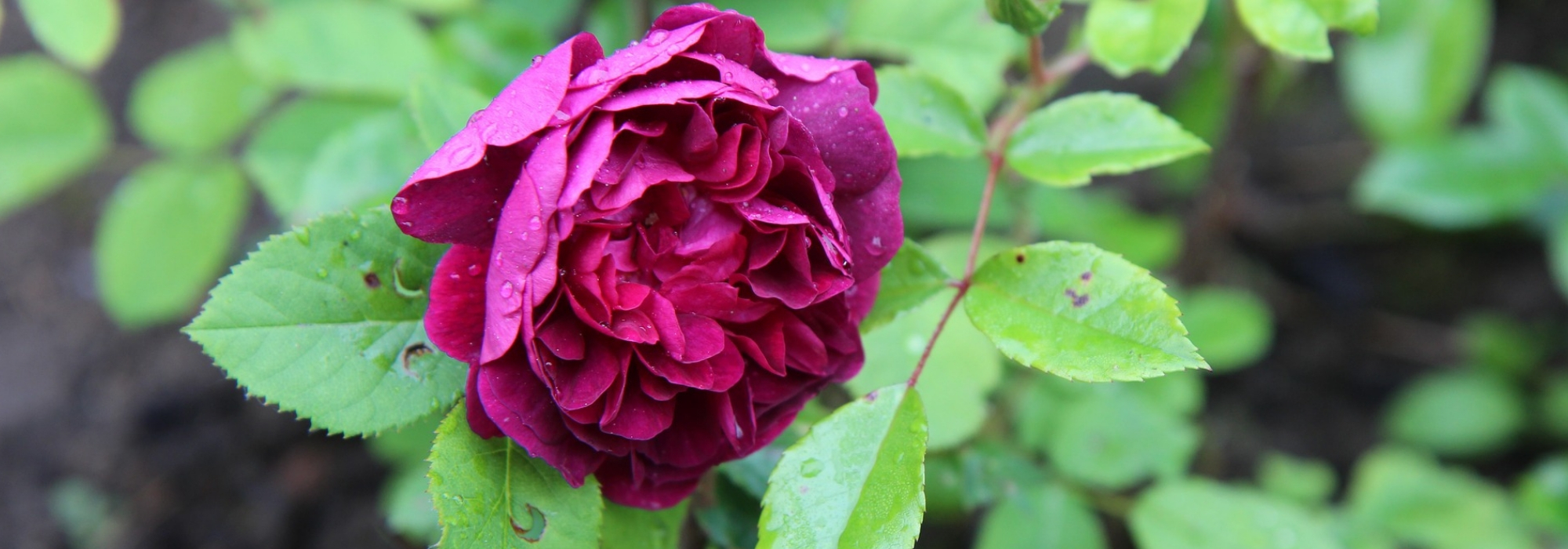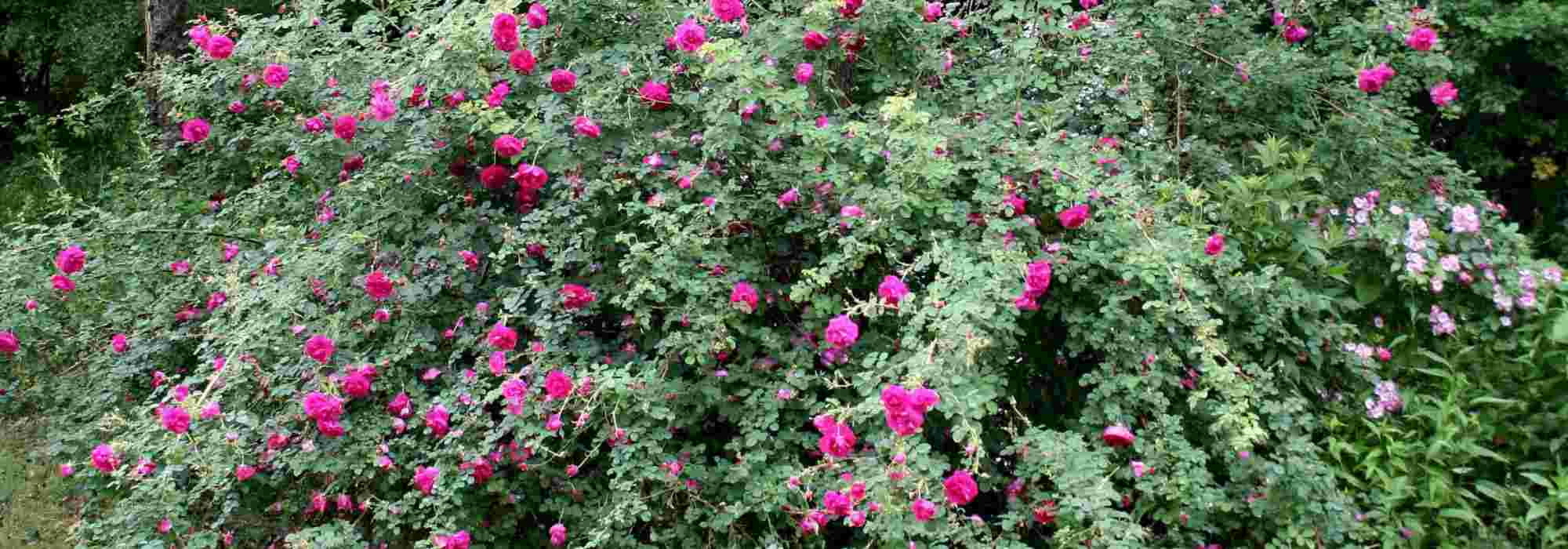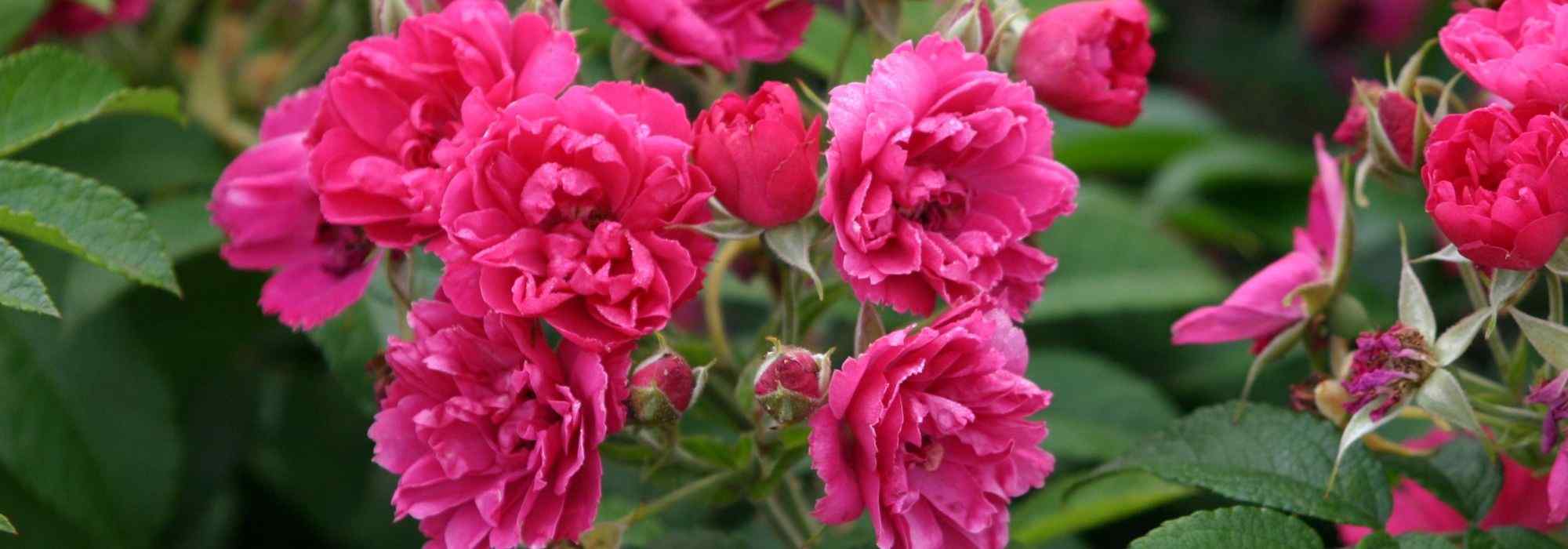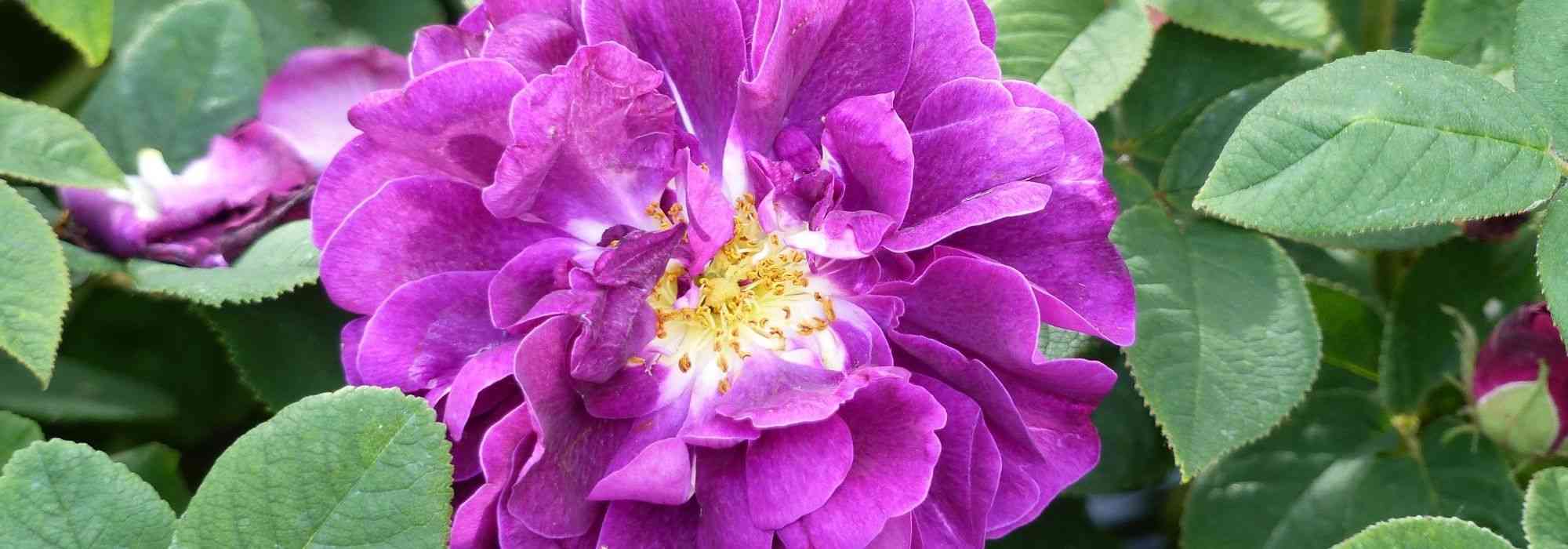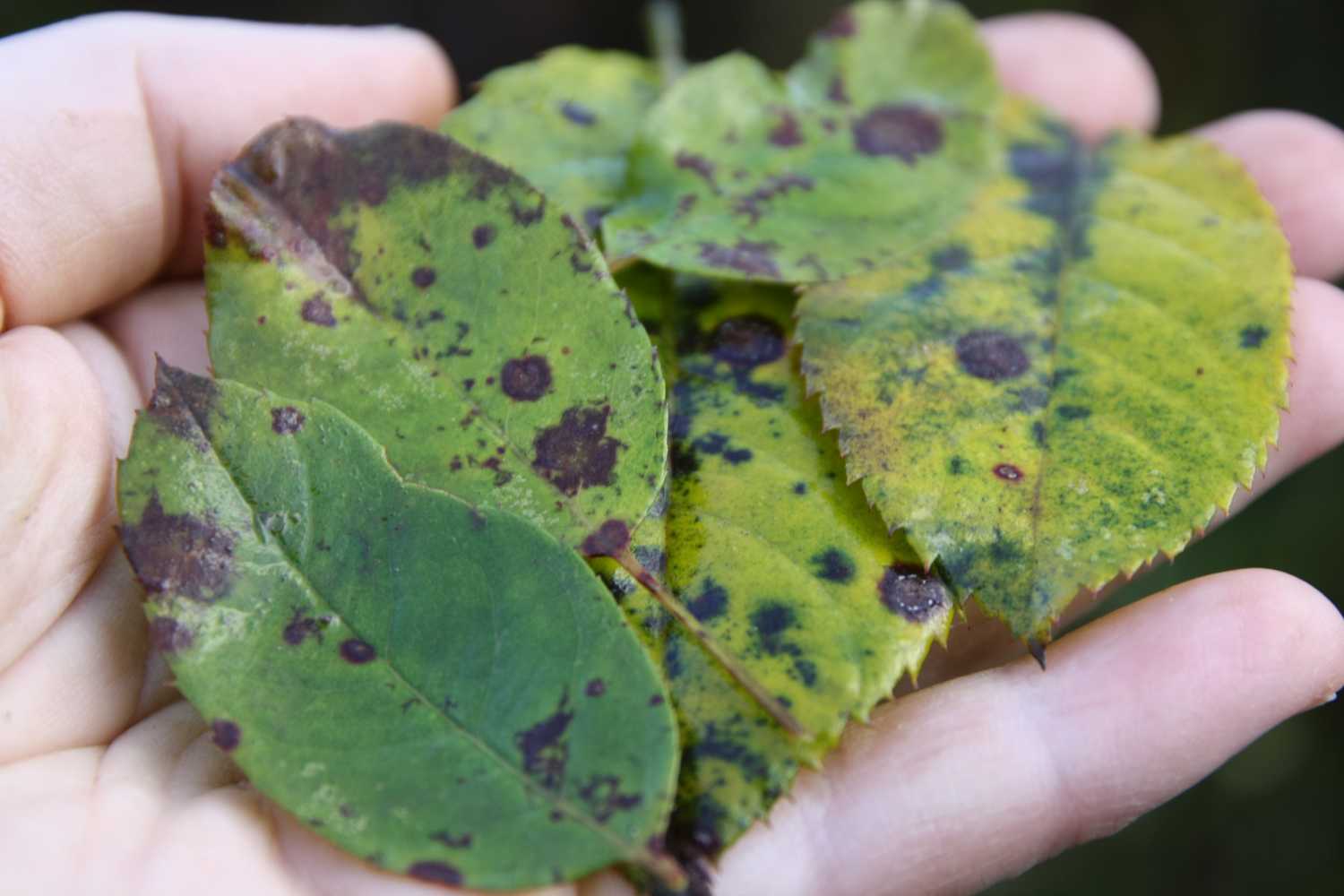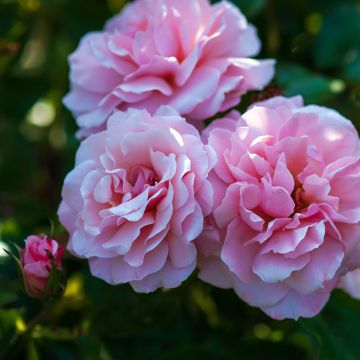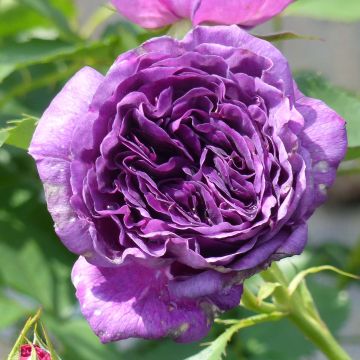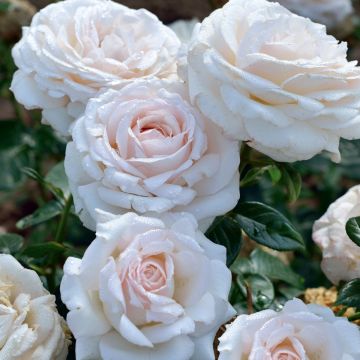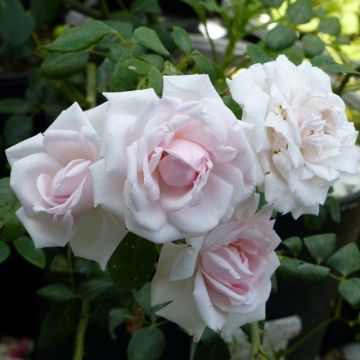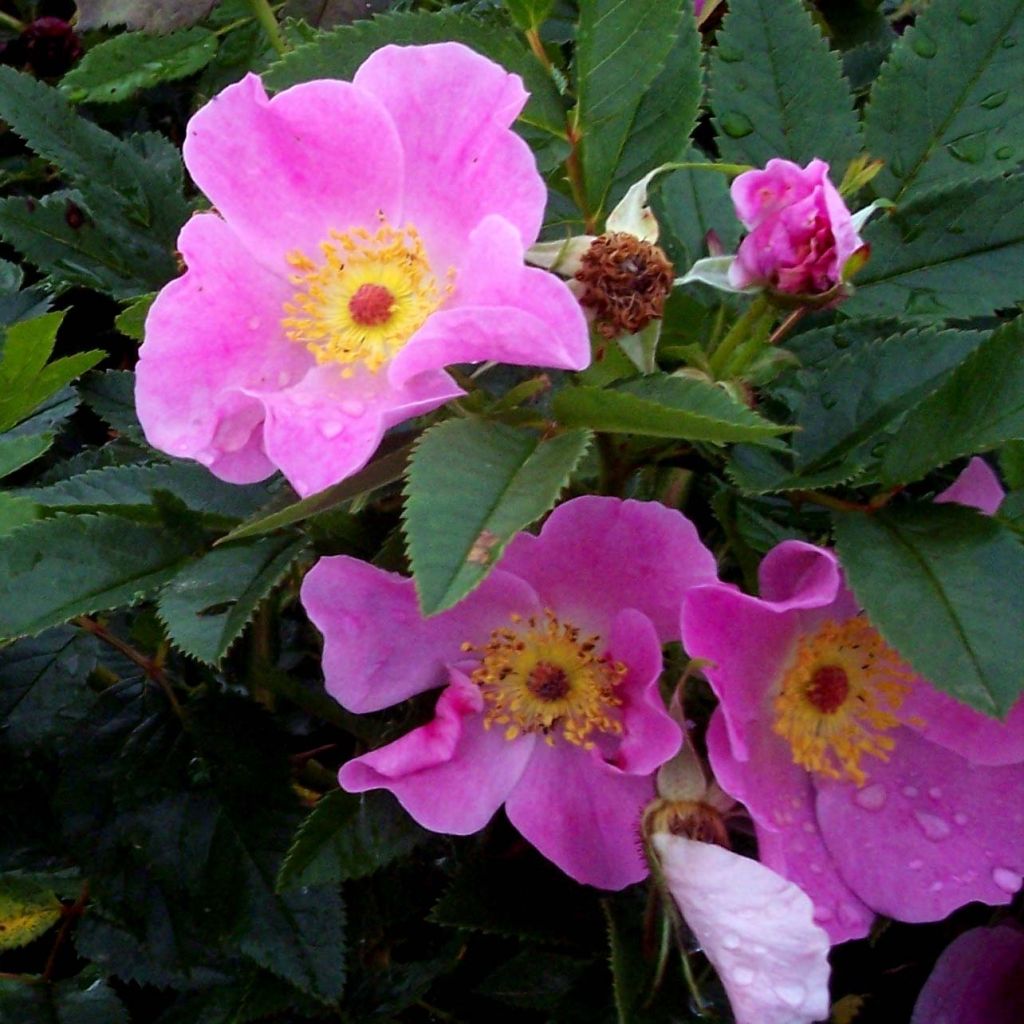

Rosa virginiana
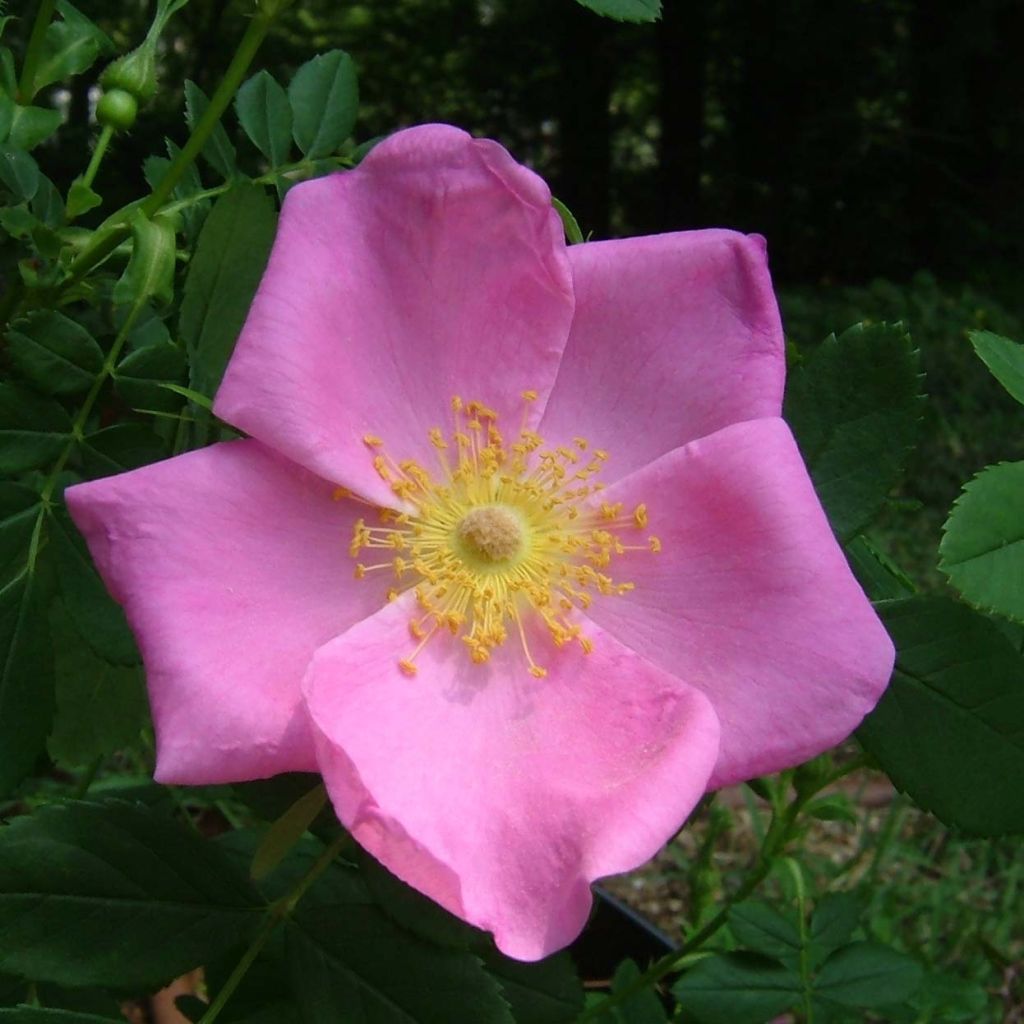

Rosa virginiana
Rosa virginiana
Rosa virginiana
Virginian rose
Special offer!
Receive a €20 voucher for any order over €90 (excluding delivery costs, credit notes, and plastic-free options)!
1- Add your favorite plants to your cart.
2- Once you have reached €90, confirm your order (you can even choose the delivery date!).
3- As soon as your order is shipped, you will receive an email containing your voucher code, valid for 3 months (90 days).
Your voucher is unique and can only be used once, for any order with a minimum value of €20, excluding delivery costs.
Can be combined with other current offers, non-divisible and non-refundable.
Home or relay delivery (depending on size and destination)
Schedule delivery date,
and select date in basket
We guarantee the quality of our plants for a full growing cycle, and will replace at our expense any plant that fails to recover under normal climatic and planting conditions.
Description
Rosa virginiana, sometimes called the Virginia rose, is a botanical rose native to North America and known for its hardiness and stunning autumn colours. Its foliage emerges purple in spring, turns green in summer, and then dark red in autumn. Its fragrant, light pink flowers are rather late in summer but charming. They are followed by small red hips that stay on the bare branches for a long time, providing food for birds in winter. Vigorous and disease-free, this suckering shrub is a great addition to a natural garden, country hedge, or large shrub border.
Like all roses, Rosa virginiana belongs to the Rosaceae family. It is native to the eastern United States. It is a deciduous shrub with an upright, bushy habit that spreads by producing suckers from its roots. At maturity, it will reach about 1.50 m (5ft) in all directions. Its thin, reddish-brown branches are armed with hooked thorns. The young stems are often covered in small bristly hairs. The foliage consists of leaves that are 8 to 12 cm (3 to 5in) long, divided into 7 to 9, toothed leaflets. They are glossy and change colour throughout the seasons. The autumn colours are remarkable, ranging from purple to orange-red, carmine red, and yellow. The pleasantly fragrant flowering occurs in June-July. The flowers are cup-shaped, about 5 cm (2in) in diameter, with 5 light pink petals and yellow stamens in the centre. They are usually grouped in clusters of 5. After pollination by bees, they develop into fruits called hips measuring 1 to 1.5 cm (0 to 1in) in diameter, which turn red when ripe and stay on the branches until the heart of winter.
Rosa virginiana is a charming, yet useful and very sturdy rose. It is cold-resistant and only requires sun and sufficiently deep soil to provide the moisture it needs. You can plant it in a large shrub border or a country hedge, alongside other botanical roses or easy shrubs like amelanchiers, deciduous euonymus, white spireas, ornamental fruit trees (Prunus, Malus, Pyrus), and viburnums. Its beautiful autumn colours bring life to the garden at a time when flowers are scarce. Finally, it is a very healthy shrub that requires no maintenance once well-established in soil that is not too dry or compact.
While botanical roses and their direct hybrids are not popular, they are very useful, especially in poor soils or difficult climates: these roses are the ancestors of our modern roses and are generally more robust and reliable.
Rosa virginiana in pictures
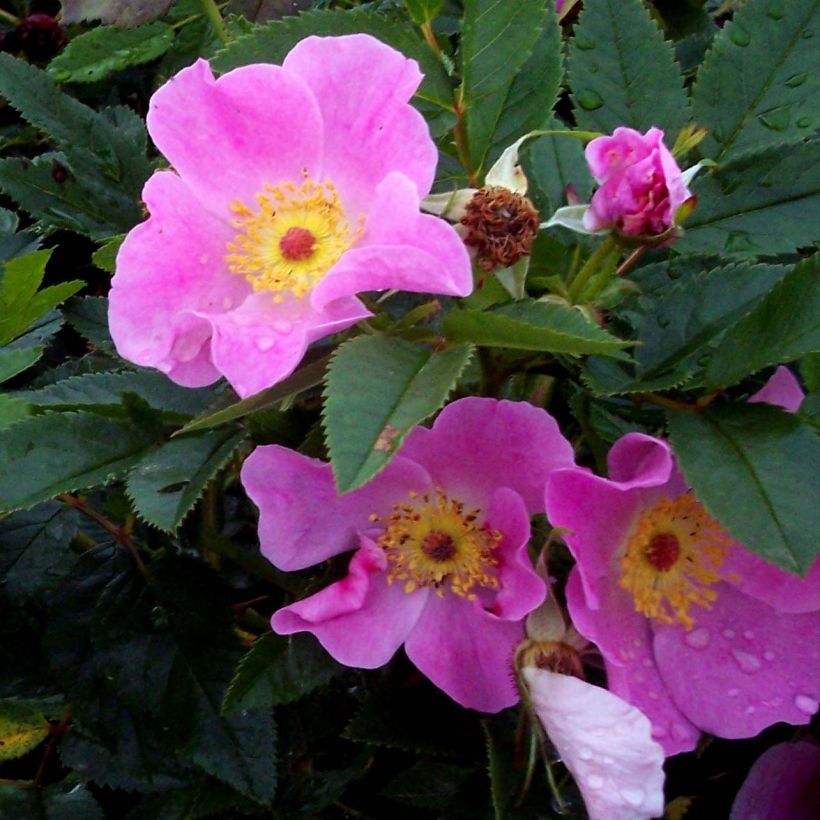

Plant habit
Flowering
Foliage
Botanical data
Rosa
virginiana
Rosaceae
Virginian rose
North America
Planting and care
Rosa virginiana is undemanding of the type of soil, as long as it is deep enough, preferably non-chalky, light, and moist even in summer. It is hardy down to at least -15°C (5°F). It doesn't like suffocating soils, so if your soil is very heavy incorporate leaf compost, sand, gravel, or grit into the planting hole (40 cm (16in) in all directions) with your garden soil. It thrives in a sunny exposure and is resistant to pests and diseases. It may be a good idea to remove dead wood in winter but avoid severe pruning that disfigures the beautiful shape of this slightly wild bush. It is a suckering bush, so give it some space and remove the suckers if they bother you.
Roses are often stained or unsightly at the end of summer, but this is not a problem for their development. These spots are not dangerous for the rose, it is a natural phenomenon.
Planting period
Intended location
Care
Planting & care advice
This item has not been reviewed yet - be the first to leave a review about it.
Similar products
Haven't found what you were looking for?
Hardiness is the lowest winter temperature a plant can endure without suffering serious damage or even dying. However, hardiness is affected by location (a sheltered area, such as a patio), protection (winter cover) and soil type (hardiness is improved by well-drained soil).

Photo Sharing Terms & Conditions
In order to encourage gardeners to interact and share their experiences, Promesse de fleurs offers various media enabling content to be uploaded onto its Site - in particular via the ‘Photo sharing’ module.
The User agrees to refrain from:
- Posting any content that is illegal, prejudicial, insulting, racist, inciteful to hatred, revisionist, contrary to public decency, that infringes on privacy or on the privacy rights of third parties, in particular the publicity rights of persons and goods, intellectual property rights, or the right to privacy.
- Submitting content on behalf of a third party;
- Impersonate the identity of a third party and/or publish any personal information about a third party;
In general, the User undertakes to refrain from any unethical behaviour.
All Content (in particular text, comments, files, images, photos, videos, creative works, etc.), which may be subject to property or intellectual property rights, image or other private rights, shall remain the property of the User, subject to the limited rights granted by the terms of the licence granted by Promesse de fleurs as stated below. Users are at liberty to publish or not to publish such Content on the Site, notably via the ‘Photo Sharing’ facility, and accept that this Content shall be made public and freely accessible, notably on the Internet.
Users further acknowledge, undertake to have ,and guarantee that they hold all necessary rights and permissions to publish such material on the Site, in particular with regard to the legislation in force pertaining to any privacy, property, intellectual property, image, or contractual rights, or rights of any other nature. By publishing such Content on the Site, Users acknowledge accepting full liability as publishers of the Content within the meaning of the law, and grant Promesse de fleurs, free of charge, an inclusive, worldwide licence for the said Content for the entire duration of its publication, including all reproduction, representation, up/downloading, displaying, performing, transmission, and storage rights.
Users also grant permission for their name to be linked to the Content and accept that this link may not always be made available.
By engaging in posting material, Users consent to their Content becoming automatically accessible on the Internet, in particular on other sites and/or blogs and/or web pages of the Promesse de fleurs site, including in particular social pages and the Promesse de fleurs catalogue.
Users may secure the removal of entrusted content free of charge by issuing a simple request via our contact form.
The flowering period indicated on our website applies to countries and regions located in USDA zone 8 (France, the United Kingdom, Ireland, the Netherlands, etc.)
It will vary according to where you live:
- In zones 9 to 10 (Italy, Spain, Greece, etc.), flowering will occur about 2 to 4 weeks earlier.
- In zones 6 to 7 (Germany, Poland, Slovenia, and lower mountainous regions), flowering will be delayed by 2 to 3 weeks.
- In zone 5 (Central Europe, Scandinavia), blooming will be delayed by 3 to 5 weeks.
In temperate climates, pruning of spring-flowering shrubs (forsythia, spireas, etc.) should be done just after flowering.
Pruning of summer-flowering shrubs (Indian Lilac, Perovskia, etc.) can be done in winter or spring.
In cold regions as well as with frost-sensitive plants, avoid pruning too early when severe frosts may still occur.
The planting period indicated on our website applies to countries and regions located in USDA zone 8 (France, United Kingdom, Ireland, Netherlands).
It will vary according to where you live:
- In Mediterranean zones (Marseille, Madrid, Milan, etc.), autumn and winter are the best planting periods.
- In continental zones (Strasbourg, Munich, Vienna, etc.), delay planting by 2 to 3 weeks in spring and bring it forward by 2 to 4 weeks in autumn.
- In mountainous regions (the Alps, Pyrenees, Carpathians, etc.), it is best to plant in late spring (May-June) or late summer (August-September).
The harvesting period indicated on our website applies to countries and regions in USDA zone 8 (France, England, Ireland, the Netherlands).
In colder areas (Scandinavia, Poland, Austria...) fruit and vegetable harvests are likely to be delayed by 3-4 weeks.
In warmer areas (Italy, Spain, Greece, etc.), harvesting will probably take place earlier, depending on weather conditions.
The sowing periods indicated on our website apply to countries and regions within USDA Zone 8 (France, UK, Ireland, Netherlands).
In colder areas (Scandinavia, Poland, Austria...), delay any outdoor sowing by 3-4 weeks, or sow under glass.
In warmer climes (Italy, Spain, Greece, etc.), bring outdoor sowing forward by a few weeks.


































